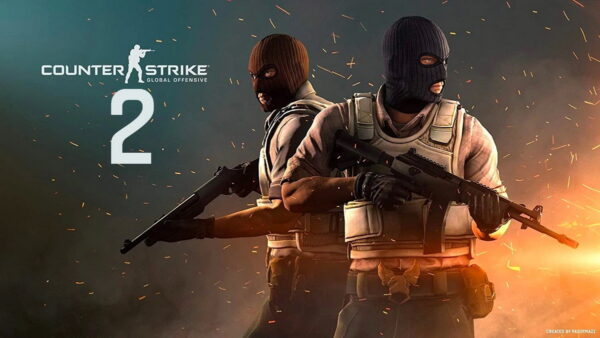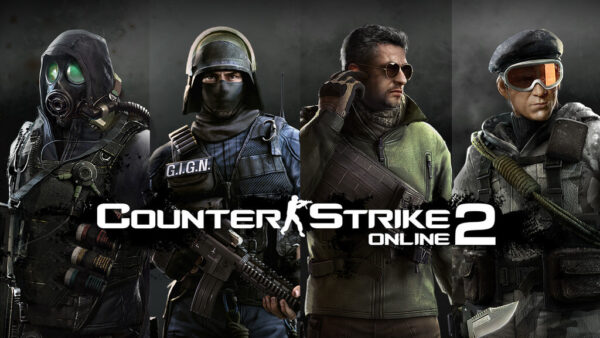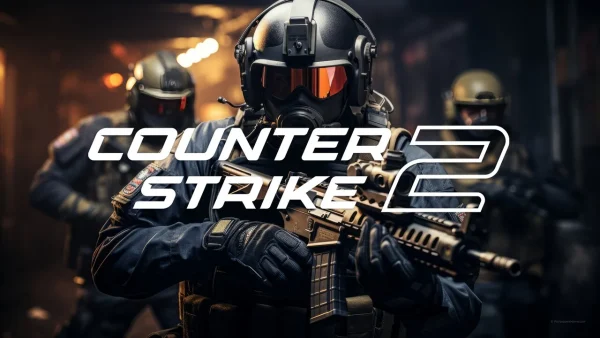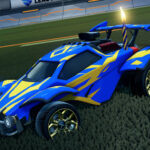Popular Now
Introduction
Counter-Strike 2 (CS2) is the long-anticipated sequel to the legendary CS:GO, rebuilt on Valve’s Source 2 engine. While it maintains the core tactical shooter gameplay, it introduces upgraded graphics, new mechanics, and improved responsiveness through sub-tick updates. Whether you're a newcomer or a returning player, improving at CS2 requires more than raw aim. This guide provides a comprehensive roadmap to help you climb ranks and play like a pro—from fundamentals to advanced strategies.
1. Understand the Core Mechanics of CS2
Before competing, you must first understand how the game works. CS2 is a tactical 5v5 shooter that revolves around objective-based gameplay and a dynamic economy system. Players need to master the bomb defusal objective, money management, weapon characteristics, and map layouts.
The shooting mechanics reward precision and discipline. Moving while shooting reduces accuracy, and each weapon has a unique recoil pattern. The economy determines your buying power, and working as a team plays a major role in success. Knowing your role—whether it’s entry fragger, support, or AWPer—is key to winning rounds.

2. Optimize Your Game Settings and Controls
Tuning your game settings directly affects your consistency and performance. Key areas include mouse sensitivity, crosshair customization, video resolution, and key bindings.
Low sensitivity gives better control, especially for rifles. Custom crosshairs improve visibility and aim, and consistent settings help you build muscle memory over time. Make sure you use configurations that feel comfortable for long-term practice.
Suggested settings:
-
Sensitivity: Between 1.5 and 2.5 (400–800 DPI)
-
Resolution: 1280x960 stretched or 1920x1080 native
-
Crosshair: Static, bright color, no movement
-
Binds: Set up quick buys, jump throws, and radio commands
3. Learn the Maps in Active Duty Rotation
Each map in CS2 has unique choke points, callouts, and utility usage. Learning maps like Dust2, Mirage, and Inferno is essential. You need to know common angles, bombsite layouts, and rotation paths.
Start by practicing offline or in workshop maps. Focus on memorizing common callouts so you can communicate clearly with teammates. Being familiar with map control, timings, and popular peeking angles gives you a massive advantage.
Tips for map learning:
-
Watch professional matches to study positioning
-
Explore smoke, flash, and molotov lineups in practice mode
-
Use deathmatch on specific maps to learn sightlines
4. Develop Crosshair Placement and Improve Aim
Crosshair placement means keeping your crosshair where enemies are most likely to appear—usually at head level and pre-aimed at corners.
Avoid the habit of looking at the ground or sky. Instead, move with your crosshair focused on danger zones. Good aim in CS2 isn’t about flicking but about consistency and anticipation.
Daily aim training helps build mechanical skill:
-
Aim Botz or Aim Lab: 15–30 minutes
-
Pre-fire practice maps to learn common angles
-
Deathmatch for live, unscripted scenarios

5. Master Utility Usage
In CS2, the new volumetric smoke grenades change how utility works. Smokes now respond to bullets and grenades, making their use even more tactical.
Proper utility usage can win rounds. Learning how to throw effective smokes, flashes, and molotovs helps control enemy movement and gives your team an edge.
Key utility techniques:
-
One-way smokes for peeking with cover
-
Pop flashes that blind enemies without warning
-
Molotovs to delay defuses or clear hiding spots
Practice these in custom maps until they become second nature.
6. Communicate and Work with Your Team
CS2 is a team game. Individual skill helps, but teamwork and communication often win matches. You must learn to relay information clearly and respond to your team’s actions.
Use a microphone whenever possible and limit your talk to useful information—enemy locations, utility used, or rotation suggestions. Listen just as much as you speak.
Good communication habits:
-
Use standard callouts and avoid slang
-
Trade kills and support teammates with utility
-
Stay calm under pressure and avoid blame
7. Understand and Manage the Economy
The economy system in CS2 determines when you can buy weapons, armor, and utility. Knowing when to save or force buy is essential.
If your team loses a round, you often need to “eco” (save money) or “force” (buy with low funds). Buying wisely ensures your team doesn’t fall behind in the long term.
Basic rules:
-
Full buy: $4,000–$5,000 per round for rifle, armor, and nades
-
Force buy: SMGs or pistols with armor when close to full buy
-
Eco: Spend little or nothing to save for next round
Coordinate your purchases with your teammates for consistency.

8. Learn from Professional Players
One of the best ways to improve is by watching professional matches or streams. Study how top players position themselves, use utility, and communicate.
Focus on players who play your preferred roles. Observe how they enter sites, hold angles, and rotate across the map.
What to look for:
-
When and where they throw grenades
-
How they react to pressure or advantage
-
How they coordinate with the team on executes
Pro matches also teach you meta strategies that can be applied in ranked games.
9. Record and Analyze Your Own Gameplay
Reviewing your own matches is one of the fastest ways to improve. CS2’s demo viewer allows you to watch your games, pause, and analyze decision-making in detail.
Look for patterns in your mistakes. Did you overextend? Miss your utility? Rotate too early? Recording these moments allows you to fix recurring problems.
Self-review checklist:
-
Crosshair placement mistakes
-
Utility waste or missed throws
-
Poor rotations or positioning
Rewatching games from a different perspective often reveals what you couldn’t see while playing.
10. Create a Training Routine and Stick to It
Improvement takes consistency. Create a structured routine that combines mechanics, utility practice, and game sense development.
Rather than grinding for 5 hours once a week, focus on shorter, daily sessions that reinforce your habits. Over time, you’ll develop muscle memory and confidence.
Example daily training routine:
-
15 minutes of aim practice (flicks, tracking)
-
15 minutes of utility lineups
-
30 minutes of deathmatch or pre-fire practice
-
1–2 ranked or scrim matches with a team
Keep a journal or log of your progress to measure growth and stay motivated.
Conclusion
Counter-Strike 2 is a deep and competitive game. To improve, you must do more than shoot accurately. True progress comes from combining technical skill, strategic thinking, and teamwork. By understanding the core mechanics, practicing your aim, studying maps, using utility smartly, and learning from both your gameplay and professionals, you can level up your performance and stand out in your matches.
No matter your rank, consistent improvement comes down to dedication and awareness. CS2 rewards smart players who keep learning. So, gear up, load in, and put your training to the test.


















